Financial managers will always have to know their performance from the revenues activities down to the expenses to prevent lack of business. For anyone from an entrepreneur starting up a business firm to a professional with years of experience, knowledge of basic information such as the profit and loss formula is essential in enhancing proper working and earning more money. Thus, in this particular blog post, we will try to take you by the hand, starting with what is the concept of the profit and loss statement or ‘what ever it means’ all the way to its practical application.
What is Profit and Loss?
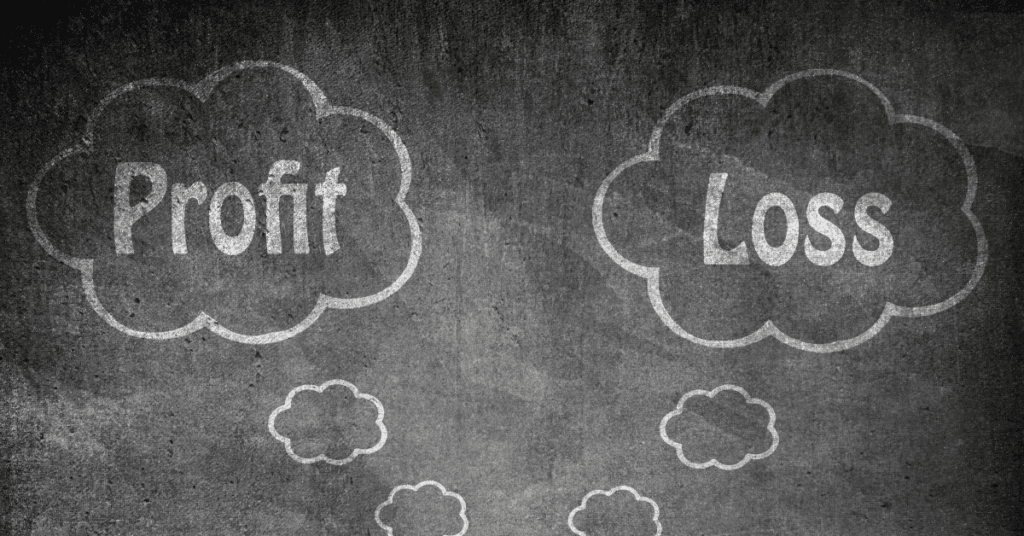
In its base form, profit and loss (P&L) is about money earned and paid out in the course of business operations. When the total revenue earned is more than all the cost, it is called profit by the business. In contrast, where expenses are greater than the revenue, the business leads to loss making situations. Money is what businesses aim to make, however the basic knowledge of profit and loss could help or expose certain fundamentals of the business that requires the direction towards the right path.
In financial reporting, this concept is achieved through the preparation of the profit and loss statement otherwise known as the income statement. The formula for calculating profit and loss is simple:
Profit (or Loss) = Total Revenue – Total Expenses
Every business needs to keenly check its profit and loss now and again because this discipline gives clues on how efficient the business is in controlling its resources and cost in operations. It also assist in discovering areas that must be cut down on or areas that can record high revenue.
What is the Profit and Loss Statement?
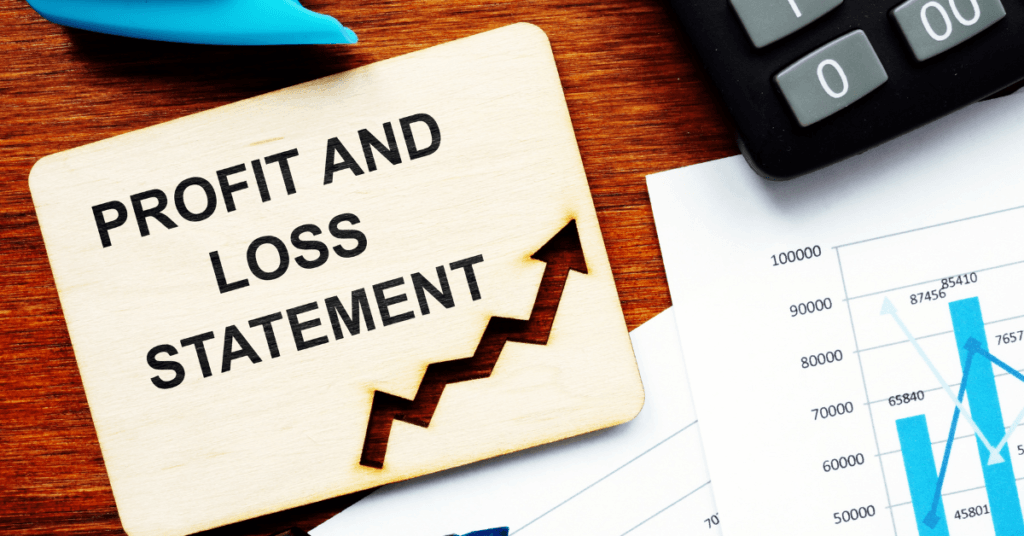
A profit and loss statement (P&L statement) is a financial statement that shows the revenue, costs and expense that a company achieves and undertake during a given fiscal period which could be monthly, quarterly or yearly. It has the ability to reveal whether a business is making a profit or on the other hand running at a loss.
What is a profit and loss statement for you if you are new to the world of financial management? Indeed, it is close to being a still picture of your business’s financial position at a given period of time. It is used to measure the performance of a concern and is also useful in decision making –particularly where budgeting, or expenditure, or investment is concerned.
Profit and loss account is a tool of assessing the performance of the firm whether is a small scale business from an organization that has a single shop or even a large scale business from a multinational firm. Moreover, it is a major economic statement for the investors, lenders and the shareholders who wish to ascertain the profitability condition of the company before investing.
What is the meaning of a Profit and Loss Account?
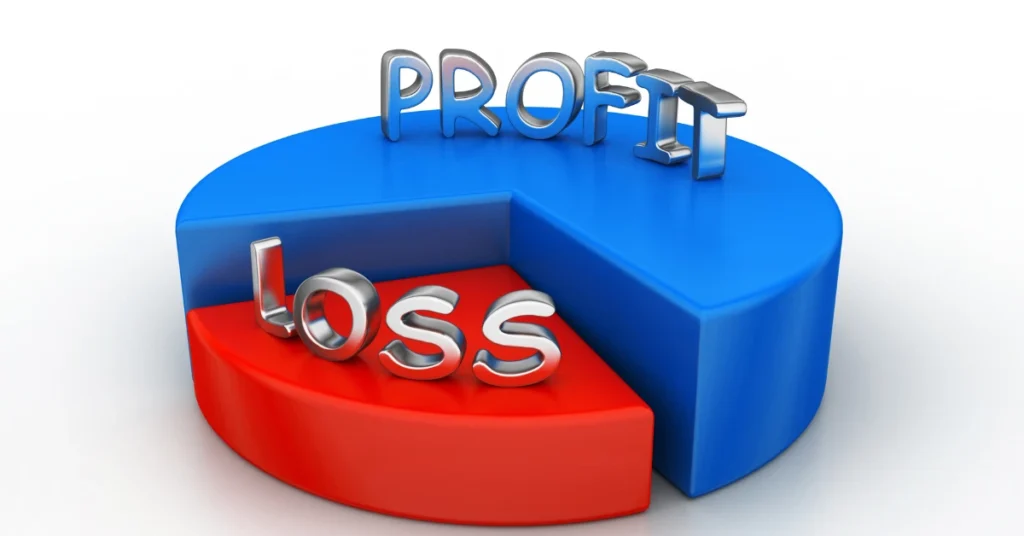
The profit and loss account refers so section of the general ledger that records all the income and expense of an organization. In the same context, the profit and loss statement is a summarized report, while the profit and loss account contains from head to tail entries or records of all transactions carried out within a particular period.
Thus, when saying, ‘What is a profit and loss account?’ you mean the account where revenues and expenses are recorded from which the preparation of the P&L statement is made. This account provides the basis for the accurate production of its financial reports.
One of the assets of owning a managed profit and loss account in your business is that you would be up to date with the money you are spending, trends in spending, thus be in a position to make proper decisions.
Example of Profit and Loss Account
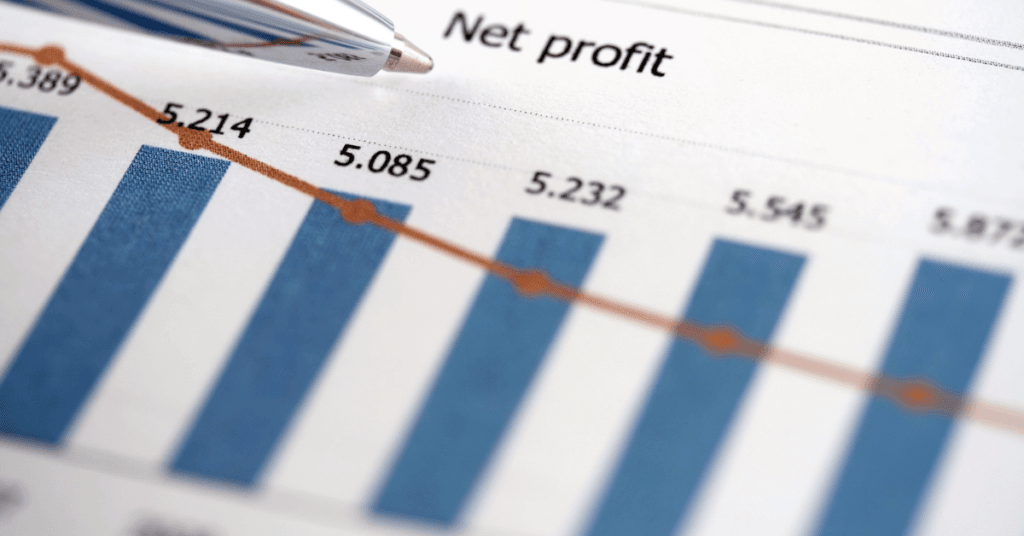
To unpack all of this, let me take you through an example of a profit and loss account. Let us imagine you are a retail trader operating a shop or an online store. The profit and loss account will document every transaction for revenues (sales) and expenditures (such as rent, wages and electricity) for a specific period. This data is then aggregated to making of profit and loss statement.
For instance:
- Revenue from Sales: $60,000
- Cost of Goods Sold (COGS): $25,000
- Gross Profit: $35,000
- Operating Expenses: $18,000
🔺Rent: $5,000
🔺Salaries: $8,000
🔺Utilities: $2,000
🔺Miscellaneous: $3,000
- Net Profit: $17,000
This example of profit and loss account assist business people to appreciate where they are financially as they make decisions in business. You can immediately identify your total revenues and then subtract your costs to get a better picture of your company’s financials.
Summary of Operations Profit and Loss Statement Income Statement

The next term you are likely to come across is the profit and loss statement income statement. They are used interchangeably to mean the financial statement that shows a company’s revenues and expenditure for a given period of time.
Nevertheless, however one wants to call it – the report is a P&L statement or income statement – keeps on being used as a barometer of company results. The profit and loss statement income statement indicates the profit making capacity of the company and traces the working area where it could be opted for better operating expenses or sales.
Also Read | Simple Facility Management Tools to Keep Your Business Space in Shape
Examples of the Profit and Loss Statement
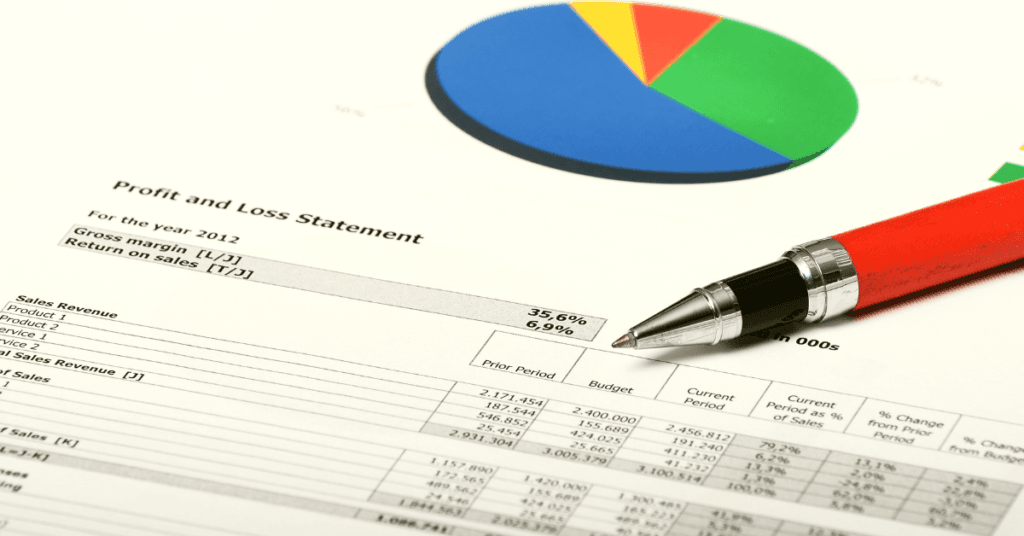
To make it easier for the reader to understand how all of this works, examples of the profit and loss statement can be made. So let us go through an example for a restaurant too simple to be practical. Here’s a profit and loss statement example for a small business:
- Total Revenue: $100,000
- Cost of Goods Sold (COGS): $40,000
- Gross Profit: $60,000
- Operating Expenses:
🔺Rent: $10,000
🔺Salaries: $25,000
🔺Utilities: $2,000
🔺Marketing: $5,000
🔺Total Operating Expenses: $42,000
- Net Profit: $18,000
These samples of profit and loss statements enable the business people to determine whether the business is running as expected or not. When regularly reviewing your P&L, it is much easier to identify areas that require more attention with regards to investment or areas that need to be reworked to accommodate reductions in costs.
Profits and Loss Template

Its also time consuming when you have to prepare your own profit and loss statement from the scratch. Thankfully, the profits and loss templates are easy to find online so you can easily use any of the templates to create a profit and loss statement. These templates give a framework in which you just enter your income and expenditure figures to get the summary of business operations.
One of the most helpful tips is to make a profits and loss template: it’s especially helpful if you have little to no experience in financial reporting. It makes work easier and you end up with standard reports for your business. Most of the templates also provide formulas that make it easy to use them without necessarily being an accounting wizard.
What is a Profit and Loss Sheet?

Other common questions that people have include; what is a profit and loss sheet? The answer is quite clear – it is known as the profit and loss statement or income statement. A profit and loss sheet shows the revenue and expenditure of a company for a certain period giving a clear plan of the company.
This money statement is crucial in determining the profit earning and has to be used in decision making such as the reduction of cost or increasing the size of operations.
Profit and Loss Layout
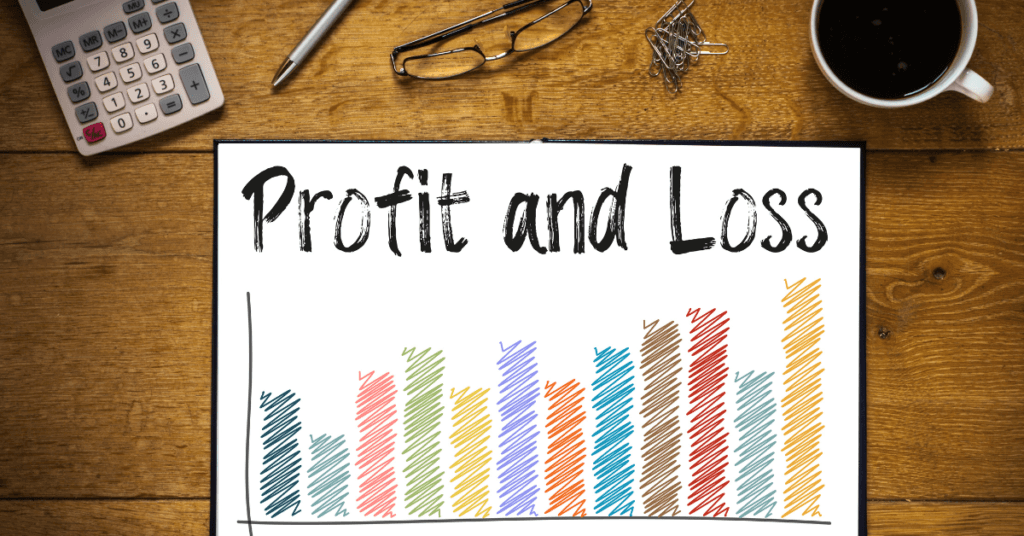
Lastly, the profit and loss layout that should be constructed is and its sample. A clear and simple profit and loss format useful in the presentation of your financial statements is desirable. The typical layout includes:
- Revenue: The sum amount of money that comes from sales or service delivery.
- Cost of Goods Sold (COGS): Most often it means tangible costs incurred in the creation of goods or the transportation of services.
- Gross Profit: Revenue minus COGS.
- Operating Expenses: Overhead cost such as rent for premises, wages, expenses on electricity and water, and advertisement expenses.
- Net Profit (or Loss): The profit obtained after the elimination of all fixed and variable expenses form the gross profit.
The obvious and straight forward profit and loss layout enable you to immediately know the amount of profit that you are making or the areas that would need some cutting. Any business needs to maintain accurate records of its financial activities; it is one of the most important tools of financial controlling that helps you to concentrate on the relevant issues that influence your profits.
Conclusion
That is why learning the profit and loss formula and knowing more about what is profit and loss may prove beneficial for choosing wiser financial strategies as well as improving your company’s profit margin. Profit and loss statement or profits and loss templates help you get a clear picture of your company’s financial position.
Business owners regardless of the size of their business should ensure that they study their profit and loss statement frequently to make better decisions that assist in expanding business in today’s world.







